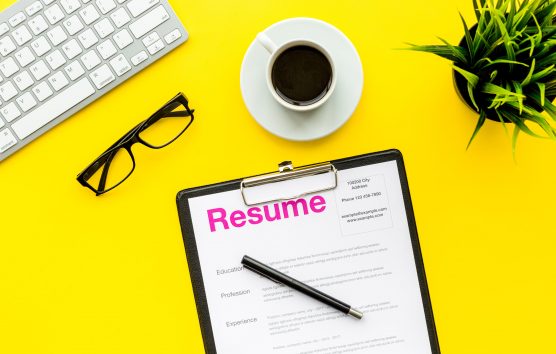Mindfulness is a buzzword that has recently caught a lot of attention, perhaps with good reason.
In a world where people measure success in terms of how full their schedule is, the thought of slowing down seems alien, but in fact, mindfulness practices have been around since 1500 BCE.
Everyone seems to be time poor—strapped for time to check-in with themselves. Mindfulness reduces stress and anxiety, increases emotional intelligence, helps boost mood and productivity, improving the overall quality of life.
Mindfulness, it seems, is the answer we all need in our fast-paced lifestyles to help foster the work-life balance we all strive for.
It’s backed by science!
Studies conducted on meditation, a key principle to mindfulness practices, have shown eight different regions of the brain are positively affected by meditation. The Harvard Business Review highlights two areas of the brain that are needed to conduct better business.
Anterior Cingulate Cortex (ACC)
The ACC is found deep inside the frontal lobe (in your forehead). It’s vital for regulating the heart rate and blood pressure. It’s also associated with decision making and emotional regulation, or the ability to purposefully direct attention and behaviour.
This is the part of our brain that allows us to problem solve creatively and adapt to new challenges based on our memories of past experiences. In the studies, the practising meditators outperform non-meditators when it comes to tasks on self-regulation and resisting distractions.
Hippocampus
The hippocampus is found inside the temporal lobe on each side of the brain and belongs to the limbic system. The hippocampus is strongly associated with long and short-term memory as well as the spatial memory that enables navigation.
This organ is covered in receptors for the stress hormone cortisol. People who suffer from depression and PTSD tend to have a smaller hippocampus. Studies show that long practising meditators have an enlarged hippocampus compared to those who don’t meditate. Building resilience to this part of your brain can actually improve how you handle stressful situations.
What can you do at work?
These benefits aren’t exclusive to those willing to sit in the lotus position for hours to meditate. Mindfulness practices can be as long as you need them to be. There are many different ways you can practice mindfulness that can fit practically into your lifestyle.
You can take a minute to focus on your breathing or go on a 30-minute walk where you simply observe the world around you. The aim of practising mindfulness is to increase our awareness so that we can respond to situations clearly rather than react impulsively.
Be a single-tasker
Multitasking works against you anyways. When you think you’re multitasking, your brain is actually switching between tasks, making you less efficient at the tasks.
Adopt the single-tasker method and focus your attention on the given task without any distractions. You’ll find that you can dive into a flow-state of efficiency a lot faster and for a longer period of time when you work this way.
Time block effectively. Set appropriate schedules and block your time to focus on a task.
Switch off. Tune out all other distractions like your phone, social media, your inbox to help you stay on task.
Slow down
This might seem counterintuitive if you’re used to an overloaded schedule. Remember the story of the Tortoise and the Hare? Slow and steady wins the race.
When you’re slowing down, you have more time to take in more information and reflect on your choices. Rushing can induce a panicky state which will only lead to distracted thoughts and poor decision making.
Take regular breaks. Practice mindful breathing in between tasks or go on a walk to clear your mind.
Be present
It’s easy to let our minds wander to what we’re having for lunch, planning the next project, or contemplating the last meeting. It’s a lot more difficult to be present at the moment.
Mindfulness is, above all, practising awareness rather than operating on autopilot. To be mindful at a task means to be consciously present in what you’re doing, while you’re doing it. You’ll find that you can perform the task a lot better and perhaps in half the time when you’re giving it your full attention.







